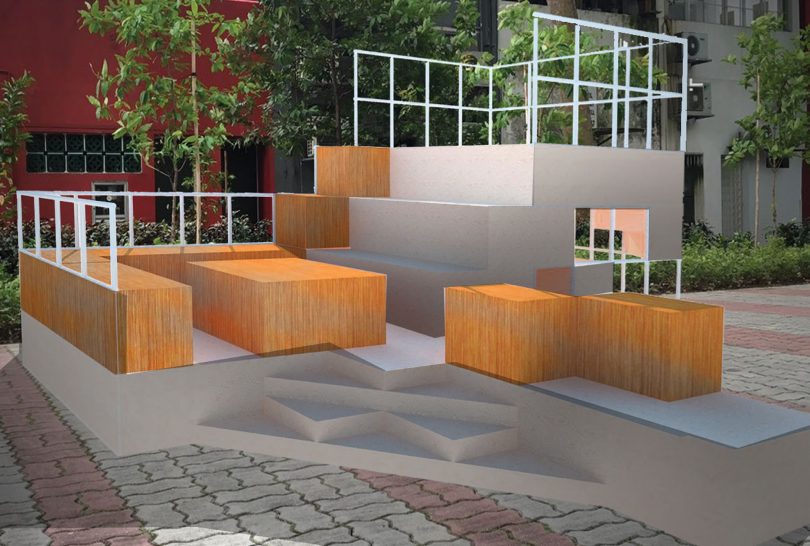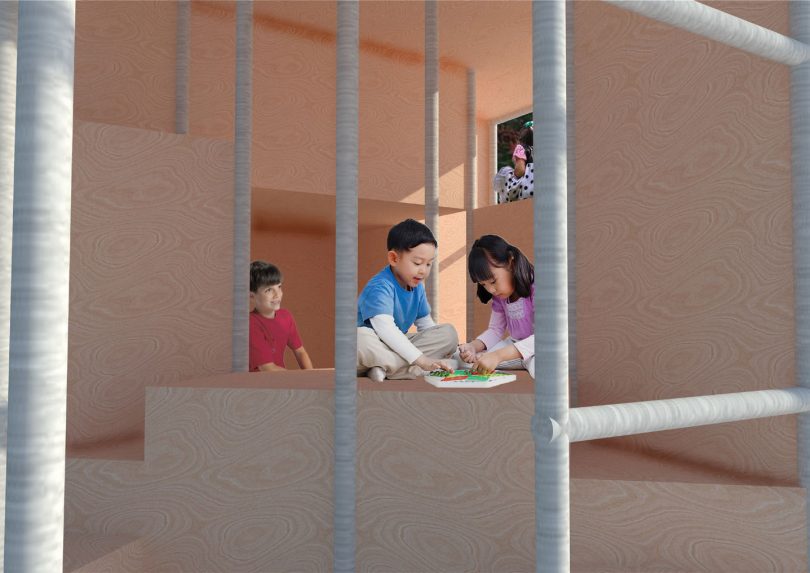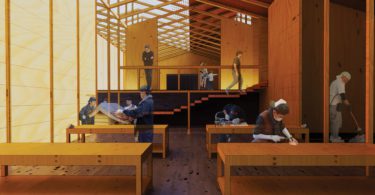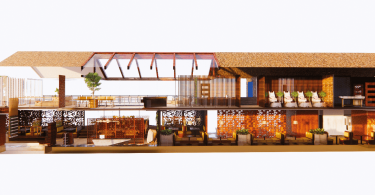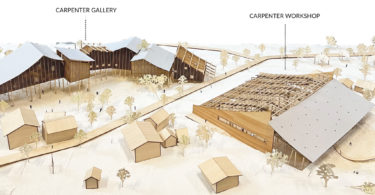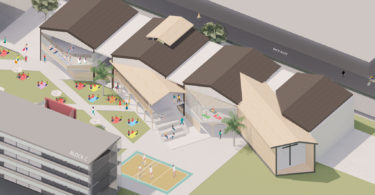The brief was presented as part of a preparatory project for the final-year project, titled A Primer Project, Unfold Story Spaces (Paradigm of Pursuance). In essence, the project is targeted at uncovering the potential of under utilised spaces and redefining the spaces by introducing attractive features that bridge people.
DESIGN OBJECTIVES
For Design Studio 3 (design module that featured this project), Primer Project, Unfold Story Spaces acts as a portal and platform to reach out to the community and advocate the spaces where ‘stories’ are possibly unfolded in order to disclose, develop and extend community participation and bonding. The Paradigm of Pursuance acts as an important opportunity for developing social awareness through community activities, which will enliven existing public spaces.
Story Spaces seeks to influence hearts and minds by pursuing multiple forms of the following involvements:
• Engage: invite public participation and foster social interaction/community bonding
• Delight: inject a sense of fun and surprise
• Enliven: activate and bring life to public spaces
The project, Geocentric, aims to look for interventions that address how public spaces can be better used and possibly instil a sense of pride in the community towards the public spaces in the neighbourhood. It took into account the demographic of the local vicinity, which comprises mainly residents of all ages. Creating a social, spatial experience to bridge people was one of the major challenges of this entire project. Essentially, the functionality of the project was of pinnacle importance and the communal bonding experience was of paramount priority.
MATERIALS
Physical and environmental issues were quickly resolved with the selection of materials and by keeping in line with the budget available. In relation to the design of the project, the open concept of the structure had to be readily waterproof and finished to protect itself against weathering and erosion.
Waterproof and durable marine plywood was obtained from local suppliers and used for the façade, flooring and movable furnishing. It is imperative for the durability of the structure against the typical tropical weather of Singapore. There was also a need for the retention of warm aesthetics to match the contextual natural theme in the area. In addition, the conceptual idea was developed to use materials that are immediately modifiable by the users themselves and wood was a good candidate for such usage.
Cheap and reused scaffolding steel was required for the support of the layered structure and obtained locally from the nearby construction sites near Duxton Plain Park. Essentially, procurement of materials could be carried out by searching around construction sites in the area.
OVERCOMING CONSTRAINTS
One of the constraints of the project was in finding a suitable site (a plot on softscape or hardscape depending on intended build) with a construction budget of no more than SGD400. This challenge was overcome through the correct selection of materials dedicated to the project. There was extensive research made prior to the schematic designs, in order to enhance the users’ experiences around the already populous site.
IMPLICATIONS
This humble, small-scale installation has large implications for the general public in the area. It was ergonomically designed specifically for children and adults, allowing sufficient provision for children to be supervised. Geocentric is an embodiment of a large-scale ecosystem, which was projected down to a minuscule level (40 square metres). It desires to fulfil a core fundamental goal, which is to bridge three generations of people together in a social heightening spot.
PROJECT DATA
Student Name: Sim Meng Siang Bryan
School: School of Design and Environment, Ngee Ann Polytechnic
Programme: Diploma in Sustainable Urban Design and Engineering (Architecture)
Supervisor: Alexis Chua
Project Name: Geocentric
Location: Duxton Plain Park, Singapore
Site Area: 40 square metres
Gross Floor Area: 50 square metres
Building Height: 2.8 metres FFL peak; 3.8 metres at railing
Design Studio: Primer Project
Images: Bryan Sim



